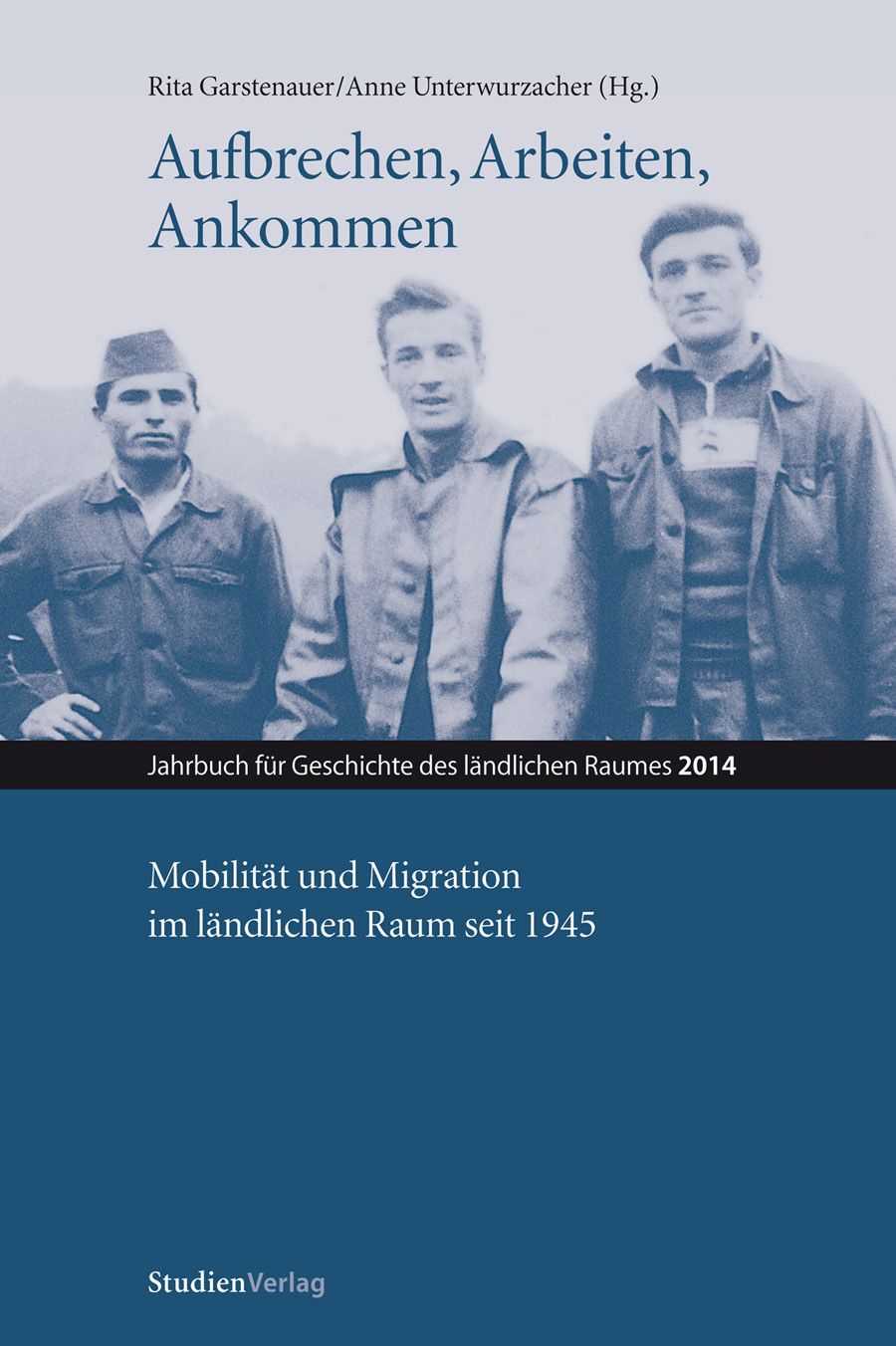Urbanität im ländlichen Raum
Wohnmigration in der deutsch-luxemburgischen Grenzregion
DOI:
https://doi.org/10.25365/rhy-2014-12Abstract
Studies on the connection between migration and urbanity are usually concerned with conditions and developments in cities. The possible presence of ‘urbanity’ in rural space is the topic of the present contribution and will be discussed through the example of residential migration in the ‘Greater Region Saar-Lor-Lux’. The massive influx of residential migrants from Luxembourg into the border regions of the neighbouring countries is a relatively recent
phenomenon, and was caused by the developments in the real-estate market in the Grand Duchy of Luxembourg. This phenomenon is especially interesting for the topic of migration in rural areas because of the complex composition of the group of residential migrants, which is extremely differentiated regarding the dimension rural versus urban. Furthermore, it is remarkable because of the substantial demographic changes caused by the residential migrants in border villages. Two questions are central to our study: Do the urban attitudes and practices become visible in German border villages? And if so, how does the migratory movement from Luxembourg influence this ‘rural urbanity’? Furthermore, taking the everyday practices of the residential migrants as a starting point, this contribution considers the question if the dichotomy urbanity versus rurality offers a conceptual approach for the examination of individual and structural integration processes.


